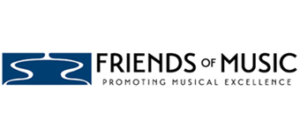Curtains?
Michael Kaiser has run the Kennedy Center, the Royal Opera House and The American Ballet Theatre. He knows arts management. His new book Curtains? The Future of the Arts in America paints a disturbing picture.
Kaiser recounts the flourishing of the arts in the period between 1950 and 2000 made possible by the burst of national pride and economic development after World War II. He then shows how and why arts organizations have hit a major speedbump in the 21st Century. Many prominent arts organizations, such as the New York City Opera, simply went out of existence and others faced crippling strikes and programming cutbacks.
Kaiser blames the decline on several factors. Arts patrons are abandoning the subscription model, in which subscriptions to an entire season are purchased in advance. The subscription model offers convenience to the patron and improved cash flow to the organization. Now arts organizations are forced to spend more to market each performance but face resistance to ticket price increases.
Kaiser also blames recent economic instability and the rise of competing entertainment choice like streaming movies on the internet. But his special culprit for the decline of arts organizations is the aging of the arts consumer coupled with a lack of arts funding for the schools. He notes that as a nation we are failing to produce replacement generations of fine arts lovers.
Curtains? ends with Kaiser’s prescription for the survival of the arts. He recommends that arts groups build a family of supporters, not just ticket purchasers. He notes the success of minor league baseball in doing just this. He also recommends that arts organizations imagine exciting programming and then find the funding for it, rather than programming down to the decreasing budget, which does not satisfy or excite arts patrons.
Kaiser’s book is thought provoking. It is designed to create anxiety among arts organizations and patrons and to suggest a plan of action to reverse the trends. Here’s hoping it succeeds.

